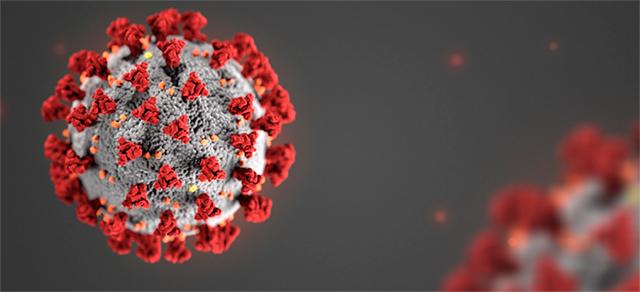Despite having numerous large cities, the U.S. was on the verge of having measles wiped out, but as the anti-vaccine movement spread on the east and west coasts, they brought a resurgence of it. A group of researchers looked for its origins and found it may help provide answers about coronavirus, which is in the same family as the common cold but was discovered to be novel in the 1960s.
They sequenced the genome of a measles strain from 1912 and extrapolated backwards to assess when the virus likely arose in human populations. The date they estimated was 6,000 B.C. It's a challenge because RNA viruses such as the measles virus degrade rapidly in the environment. That makes it difficult to pinpoint exactly when and where pathogens such as viruses and bacteria jump into humans. Sometimes these jumps happen and they fizzle out. For any particular pathogen, the timing of the jump must have occurred between two time points: when it split from its nearest known relative and when the pathogen was found in humans. Then they must trace the lineages back to the common ancestor.

Credit:CDC
Tracing the emergence of measles strongly suggests it was associated with the rise of large cities.
The authors believe that similarly refining research about when COVID-19 and other zoonotic diseases emerged will assist in understanding how such pathogens jump from animals to humans. It is believed the human COVID-19 SARS-CoV-2 virus split from its closest known relative - another coronavirus from a horseshoe bat - about 30 to 40 years ago, but the jump to humans most likely happened more recently. However, other coronavirus strains had already created pandemics so it is difficult to be sure.
What is known is that the jump was realized in the densely populated region of Wuhan by December of 2019. Like with other virsues, the chance of a virus jumping between species will generally increase with the amount of contact, and the wet markets in Wuhan have blood, feces, and urine all in close proximity to exotic animals consumed for mystical reasons. The government lab in Wuhan had three distinct coronaviruses they were studying and other labs had employees placed in jail for selling research animals to the public.






Comments